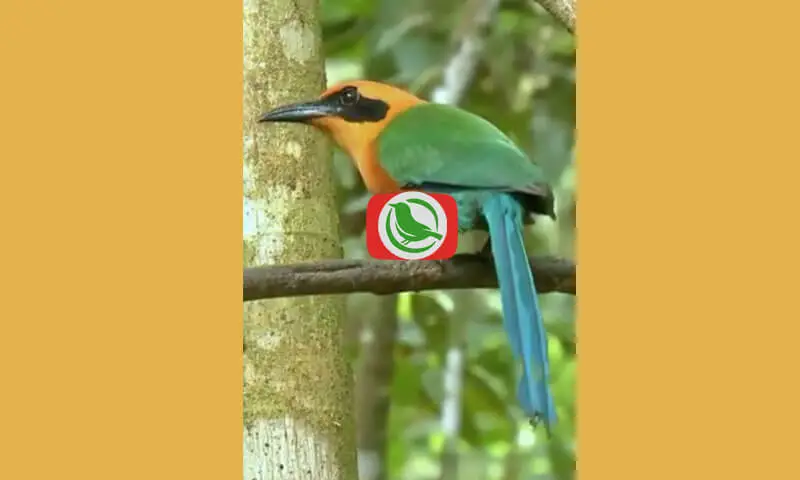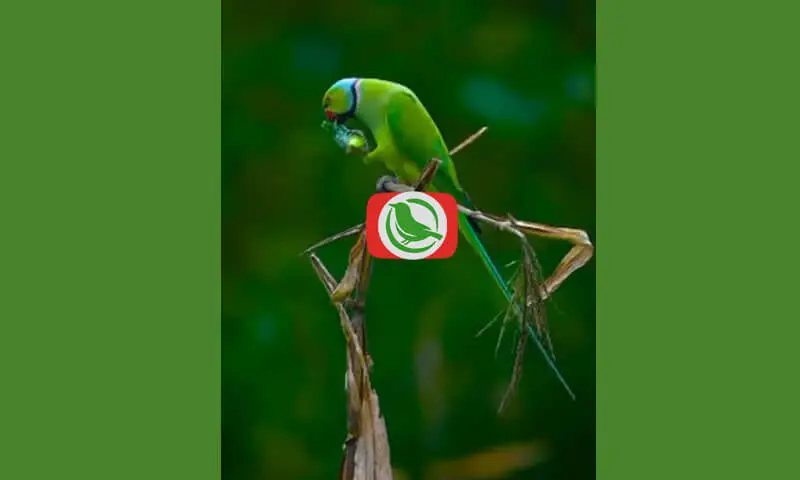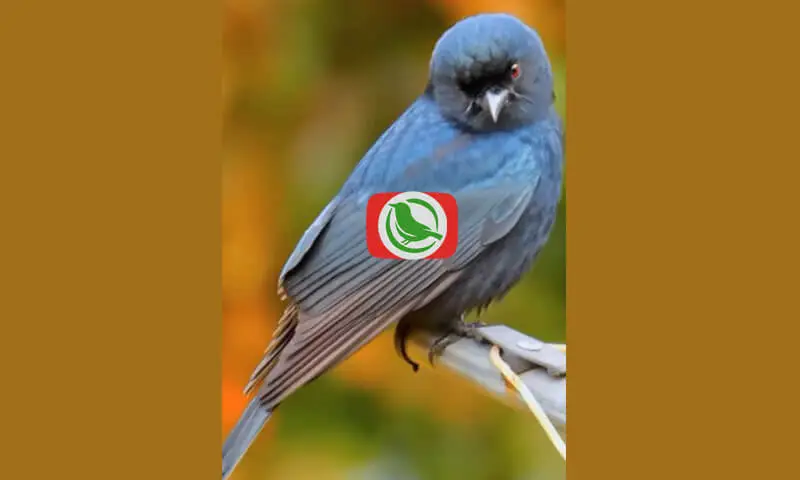The Rufous Motmot, scientifically identified as Barythengus martii, is a captivating species of bird that has garnered the interest of nature enthusiasts and ornithologists alike. Part of the Momotidae family, this bird is particularly notable for its striking appearance, characterized by a long tail and vibrant plumage. In this article, we will delve deeper into the distinctive features, habitat, behavior, ecological role, and conservation status of the Rufous Motmot.
Distinctive Features of the Rufous Motmot
Plumage
The Rufous Motmot boasts a stunning array of colors that make it stand out in its natural environment. Its feathers exhibit a harmonious blend of green, blue, and red, creating a visually striking appearance. The bird’s upper body is primarily a rich green, while its underparts display a vibrant blue, complemented by reddish accents. This colorful plumage not only serves aesthetic purposes but also plays a role in mating displays and species recognition.
Tail Characteristics
One of the most defining features of the Rufous Motmot is its exceptionally long tail, which is adorned with two elongated feathers at the tips. These tail feathers are not just for show; they assist in maneuvering through dense forest environments. The unique shape of the tail can also be used to signal other birds, playing a role in social interactions.
Beak Structure
Equipped with a strong, curved beak, the Rufous Motmot is well-adapted for its diet. The beak’s design facilitates the capture of various types of prey, primarily insects and small vertebrates. This adaptability allows the bird to thrive in its forest habitat, where food sources may vary based on seasonal changes.
Habitat and Distribution of the Rufous Motmot
Geographic Range
The Rufous Motmot is predominantly found in tropical forests across Central America and parts of South America. Its range includes countries such as Costa Rica, Panama, Colombia, and Ecuador. These regions provide the ideal conditions for the bird’s survival, including ample food sources and suitable nesting sites.
Preferred Habitat
This species favors dense, humid forests characterized by large trees that offer shelter and nesting opportunities. The Rufous Motmot often inhabits areas near rivers and streams, where the lush vegetation provides both food and protection from predators. These riparian zones are critical for their hunting activities, as they frequently forage for insects that are abundant in these environments.
Behavior and Habits of the Rufous Motmot
Social Structure
The Rufous Motmot is generally a solitary bird, although it may occasionally be seen in pairs or small groups. When foraging, these birds prefer to stay low to the ground, using their keen eyesight to spot potential prey. Their shy nature often leads them to remain concealed among the foliage, making them less conspicuous to both predators and observers.
Foraging Techniques
The Rufous Motmot employs various foraging strategies to capture its food. It is known for its patience, often perching quietly on a branch before swooping down to catch insects. Their diet primarily consists of insects, but they are also opportunistic feeders, consuming small reptiles and amphibians when available. This adaptability is crucial for their survival in a dynamic ecosystem.
Nesting Behavior
Rufous Motmots exhibit a unique nesting behavior, often digging nests in the ground or along riverbanks. They create deep burrows that serve as safe havens for their eggs and young. Each nesting site is carefully chosen to provide protection from predators and environmental threats. The female typically lays a small clutch of eggs, ranging from 2 to 4, which both parents help incubate and guard.
Role of the Rufous Motmot in the Ecosystem
As a predator of insects, the Rufous Motmot plays a vital role in maintaining the ecological balance of its habitat. By controlling insect populations, this bird contributes to the overall health of the ecosystem. Their feeding habits help regulate the abundance of various insect species, which can otherwise become pests if left unchecked.
Additionally, the Rufous Motmot is an important part of the food web. As both predator and prey, it supports the health of other species within its environment. Its presence indicates a rich biodiversity, reflecting the overall well-being of the tropical forest ecosystem.
Conservation of the Rufous Motmot
Current Status
While the Rufous Motmot is not currently classified as endangered, it faces several threats that could impact its populations in the future. Deforestation and habitat destruction due to agricultural expansion and urban development pose significant challenges to the survival of this species. As their natural habitats shrink, the availability of food and nesting sites diminishes.
Conservation Efforts
To ensure the long-term survival of the Rufous Motmot, conservation initiatives are essential. Efforts to protect and restore tropical forests can create safe environments for these birds to thrive. Establishing protected areas and promoting sustainable land-use practices are vital steps in safeguarding their habitats.
Education and awareness programs aimed at local communities can also play a crucial role in conservation. By fostering a sense of stewardship towards local wildlife, community members can contribute to the preservation of the Rufous Motmot and its habitat.
Conclusion
The Rufous Motmot (Barythengus martii) is not just a visually stunning bird; it is an integral part of the tropical ecosystem. Its unique physical traits and fascinating behaviors make it a subject of interest for bird watchers and researchers alike. By understanding and protecting this species and its habitat, we can help ensure that the Rufous Motmot continues to enrich the biodiversity of tropical forests for generations to come. The conservation of such species highlights the importance of preserving our natural world, as each bird contributes to the intricate tapestry of life on Earth.





